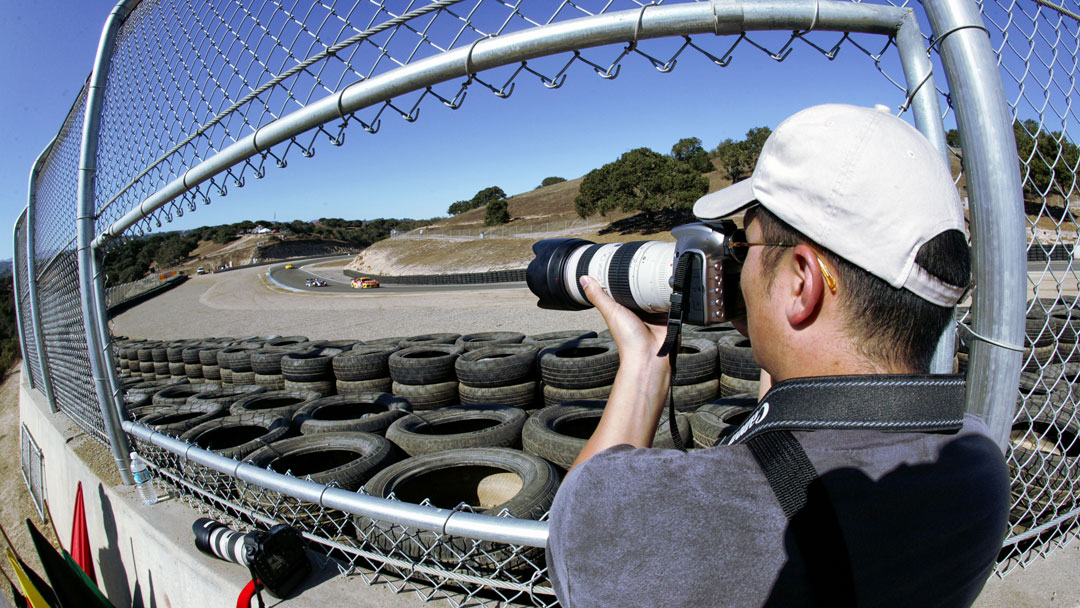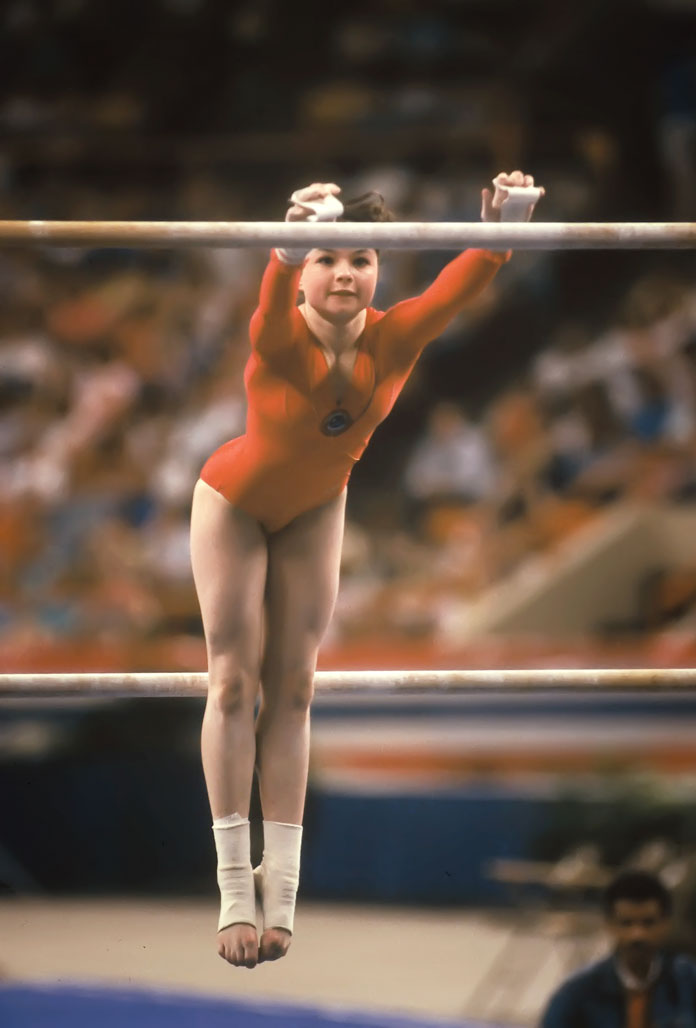Today’s Post by Joe Farace
There’s an old photographer’s saying that if you take care of your equipment it will take care of you. ——I think I made it up.
Several years ago, I attended a hot rod show and planning to make some photographs of the car for my car photography blog. Sometime during that day I accidentally and unbeknownst to me scratched the front element of my Canon EF 10-22mm EF-S lens. This wasn’t the first time I’ve done something this stupid but hoped it will be the last. (it wasn’t) Here are just a few simple tips that might save you the cost of an expensive repair or, worse yet, replacement of one of your favorite lenses
When it comes to caring for equipment, I tend to think that there are two different kinds of photographers: The first group are the Oscar Madisons whose idea of cleaning a lens is to lick it and wipe it with a pulled-out shirttail. The opposite extreme is obviously the Felix Unger-types whose equipment looks as if they never use it. Most us find ourselves between these two extremes although I’ll confess to some Unger-like impulses about caring for my photo equipment but the older I get that seem to be fading.,,or not.

When working under less than ideal conditions, I personally—and this is me talking here—believe that based on several bad experiences (see below) that it’s a good idea to attach a UV or Skylight filter to the front of my lenses but I know some photographers disagree with this practice. They feel that using any kind of filter, no matter how high its quality, degrades optical performance. That’s why some photographers never to put a filter on any lens unless it is to produce a specific visual effect.
 I find that a Haze or Skylight 1A filter provides an effective ounce of prevention in photographic situations where there is blowing dirt, saltwater spray, or crowds. It seems obvious to me that you would want to use a high quality filter, but I’m often surprised to see a poor quality filter on a Leica. An option to using Haze or Skylight filters is Tiffen’s Clear filter that’s made of clear optical glass. By comparison, a Tiffen Skylight filter absorbs 45.5% of the UV light, while a Haze filter provides 71% absorption. Photographers, like me, who live at high altitudes— halfway up Daisy Hill its 6120 ft— may want to use a Haze 2A that absorbs virtually all UV light.
I find that a Haze or Skylight 1A filter provides an effective ounce of prevention in photographic situations where there is blowing dirt, saltwater spray, or crowds. It seems obvious to me that you would want to use a high quality filter, but I’m often surprised to see a poor quality filter on a Leica. An option to using Haze or Skylight filters is Tiffen’s Clear filter that’s made of clear optical glass. By comparison, a Tiffen Skylight filter absorbs 45.5% of the UV light, while a Haze filter provides 71% absorption. Photographers, like me, who live at high altitudes— halfway up Daisy Hill its 6120 ft— may want to use a Haze 2A that absorbs virtually all UV light.
Several times while on assignment I’ve had a chance to test my current practice of keeping a Haze or Skylight filter mounted on my lenses. One incident occurred when photographing a gymnastic competition and during a break in the action, I glanced at the front of my 300mm f/2.8 lens. Right across the middle of the filter was a giant scratch! I don’t know how it happened but it was much less expensive to replace that filter than the lens it protected.
Another way to protect your lens is to use a lens hood. And be sure to get one designed for your specific lens. In addition to protecting your lens, any time you prevent non-image forming light from striking the front element of your lens, overall image quality will improve. Wide-angle lenses users will want to make sure they use thin-mount filters, such as offered by B+W, Hoya, and Tiffen to prevent vignetting when using lens hoods or lenses that have built-in hoods.
If you enjoyed today’s blog post and would like to treat me to a cup of Earl Grey tea ($2.50), click here. And if you do, thank you very much.